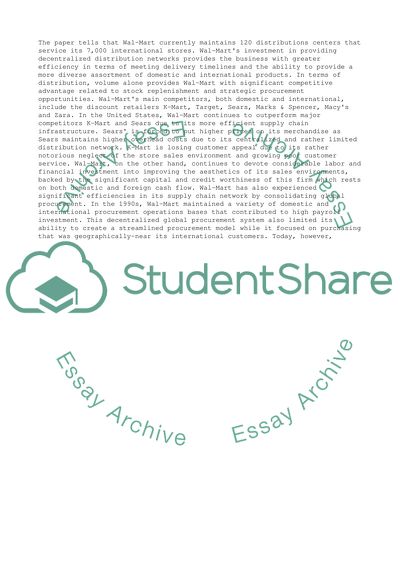Cite this document
(“Wal-Mart operational management system and strategy Research Paper”, n.d.)
Retrieved from https://studentshare.org/management/1393526-operational-management-system-and-strategy
Retrieved from https://studentshare.org/management/1393526-operational-management-system-and-strategy
(Wal-Mart Operational Management System and Strategy Research Paper)
https://studentshare.org/management/1393526-operational-management-system-and-strategy.
https://studentshare.org/management/1393526-operational-management-system-and-strategy.
“Wal-Mart Operational Management System and Strategy Research Paper”, n.d. https://studentshare.org/management/1393526-operational-management-system-and-strategy.


